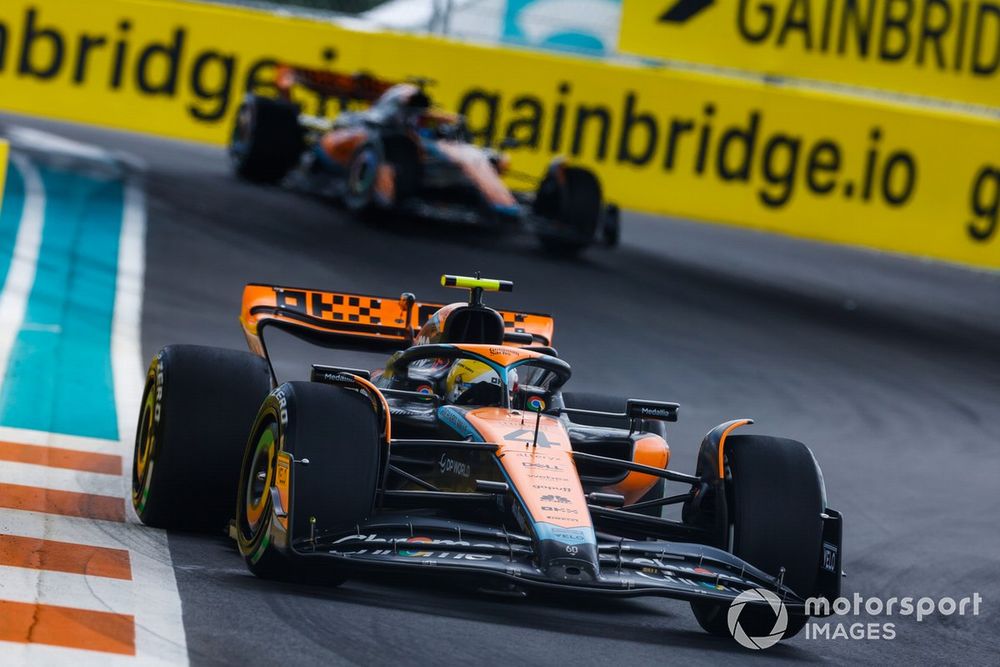
In response to the bouncing sensation experienced by many teams last season upon the return of ground-effect regulations, the FIA changed the technical rulebook for 2023.
A key alteration was the mandated 15mm raising of the floor edges, which was conceived to stop teams from running cars so close to the ground to create the porpoising problem.
The governing body's single-seater director Nikolas Tombazis reckoned the aerodynamics losses that resulted would "correspond to about half a second" per lap.
However, given the infancy of the new regulations and the cost cap that deterred some teams' late-season upgrades, the winter rate of development has been pronounced.
As such, new McLaren team principal Stella reckons all 10 outfits had recovered the 0.5s lap time losses even before the opening round of the new season in Bahrain.
Asked by Motorsport.com if the recovery had been quicker than anticipated, he said: "I think all teams recovered this by race one. The development rate was such that this was entirely recovered.
"Cars now are definitely quicker than last year because pretty much everyone has brought further developments compared to race one. Everyone is quicker by 0.2s, 0.3s.

"Some of the teams will have resolved some weight issues that they had. To be honest, even us. We gained some lap time because we are now on weight.
"Cars are definitely quicker than last year because of aerodynamics and because of weight."
The lap time delta between 2022 and 2023 proved particularly dramatic for the most recent round in Miami.
But this was significantly skewed by the track having been resurfaced, which led to a near 2s gain between Charles Leclerc's pole time of last season and Sergio Perez's 2023 effort.
Ground-effect GP pole positions
| Grand Prix | 2022 | 2023 | Margin |
| Bahrain | 1m 30.558s (Leclerc) | 1m 29.708s (Verstappen) | -0.850s |
| Saudi Arabia | 1m 28.200s (Perez) | 1m 28.265s (Perez) | -0.065s |
| Australia | 1m 17.868s (Leclerc) | 1m 16.732s (Verstappen) | -1.136s |
| Azerbaijan | 1m 17.868s (Leclerc) | 1m 16.732s (Leclerc) | -1.156s |
| Miami | 1m 41.359s (Leclerc) | 1m 40.203s (Perez) | -1.955s |
While Perez ran 0.065s slower than his own Saudi Arabia pole time of last year, that can be owed to modifications to the circuit for 2023 - namely adjustments to a fence placement and the addition of a bevelled kerb through the high-speed Turns 22-23 sequence to reduce speeds by around 30mph.
The 1.156s improvement for Baku came despite the DRS zone on the main straight having been reduced by 100 metres for this season.







